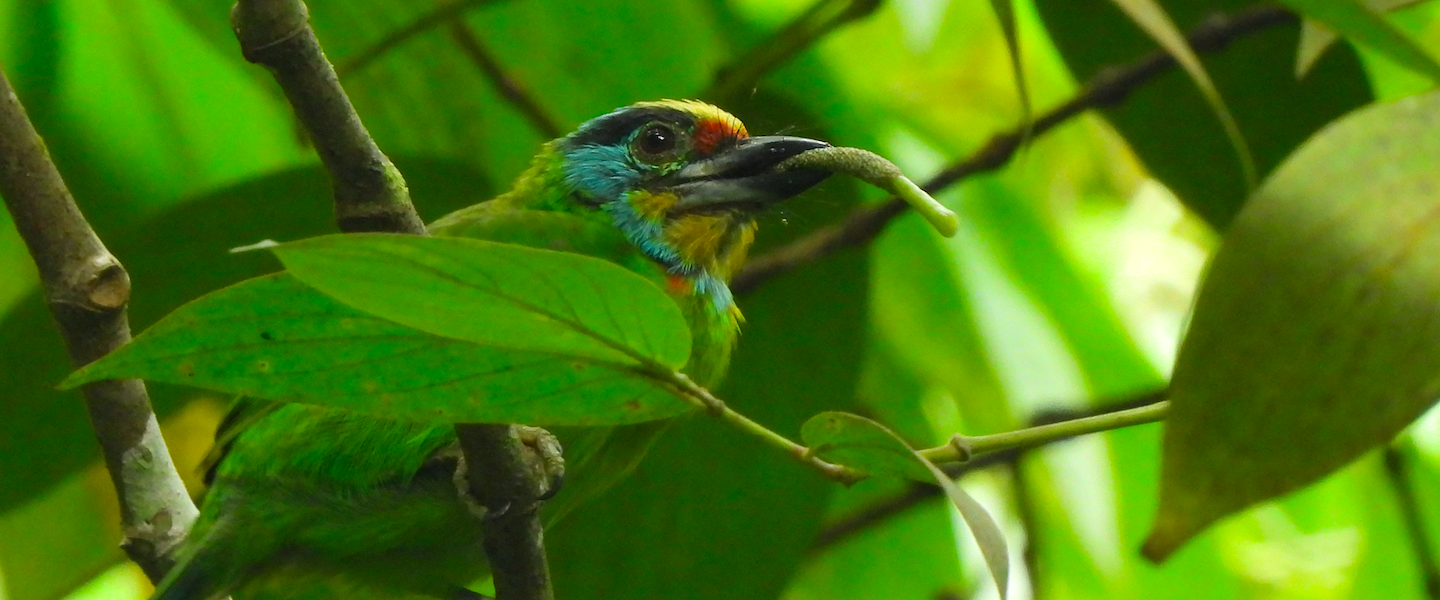El Maestrat is the region located on the top north of Castellón province, setting the border with Catalonia and Aragón. Its rugged highlands hold some birds fond of cooler climates, harder to see during the breeding season elsewhere in the Valencian Community. Darío Gijón and I had never visited the area before so we headed to Tinença de Benifassà Natural Park yesterday. On the way north the day before, we bumped into some friends at a stakeout in La Pobla Tornesa where about twenty fantastic Eleonora’s falcons (Falco eleonorae) hunting beetles on the wing at dusk. While enjoying these birds, Guillem de los Santos, Joan Balfagón, Martín Rey and especially Munir Chaouni — who is the bird master in El Maestrat — gave us great advice and shared some good spots. We ended the evening with a flyby Eurasian eagle-owl (Bubo bubo) and a Eurasian nightjar (Caprimulgus europaeus) calling around and drove up to the mountains to stay the night.
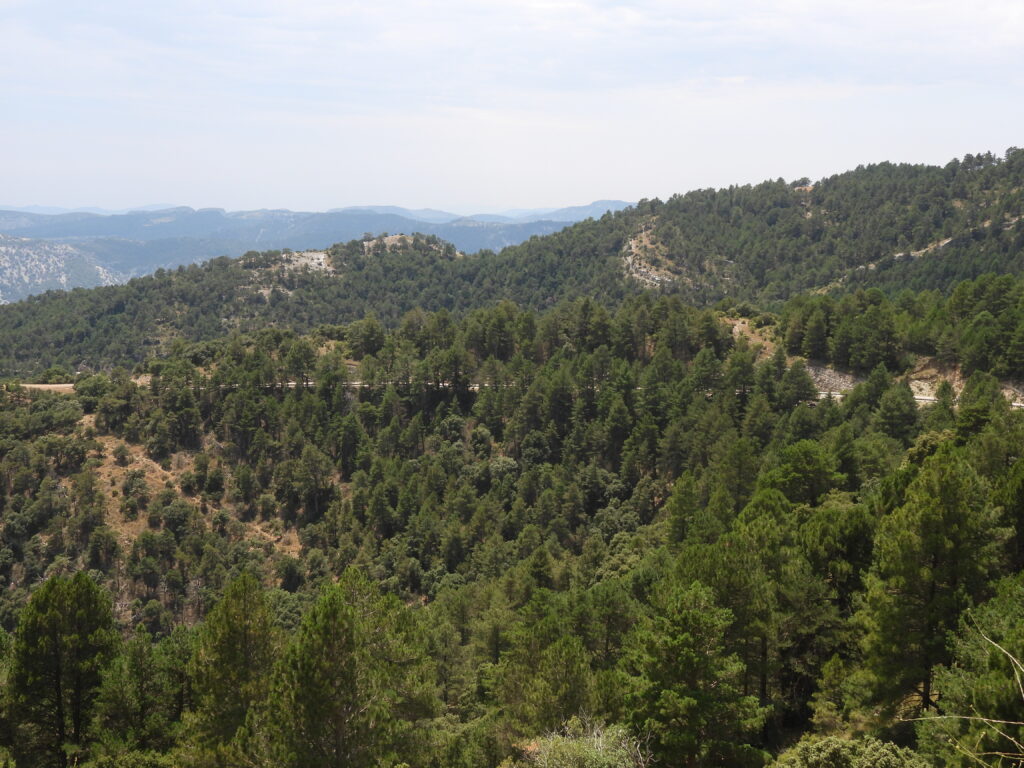
Dawn started close to CV-105, the road we would follow during most of the day. Numerous skylarks (Alauda arvensis), a quail (Coturnix coturnix), a cuckoo (Cuculus canorus) and the cattle around us were our morning alarms. Under the first lights, we drove east for a bit. Among blackcaps (Sylvia atricapilla) and western Bonelli’s warblers (Phylloscopus bonelli) singing in the mixed forests, we heard a territorial garden warbler (Sylvia borin) — a localized breeder in the region. Mistle thrushes (Turdus viscivorus) and western subalpine warblers (Curruca iberiae) were seen in good numbers along the forested stretch to Castell de Cabres.
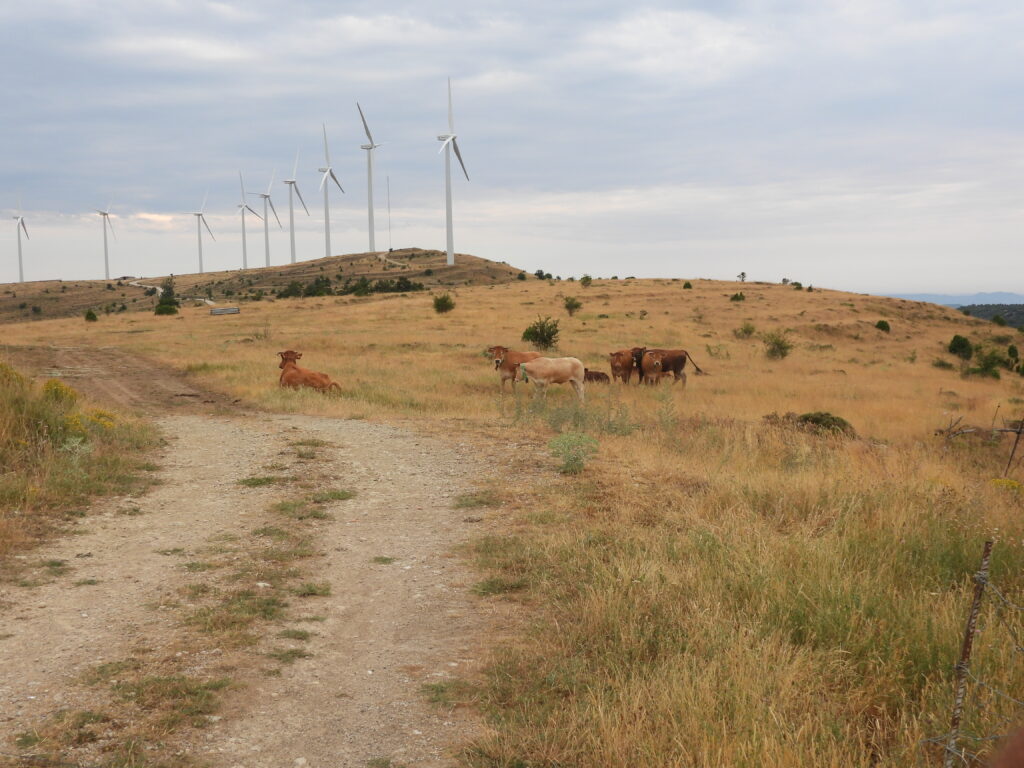
We then drove in the other direction past Morella, heading to Vega dels Llivis. Some flatlands gave room to cereal crops bordered by short dry stone walls. Northern wheatears (Oenanthe oenanthe) and corn buntings (Emberiza calandra) were abundant, and some fed their fledglings. Our target in the area came as several ortolan buntings (Emberiza hortulana) singing in different slopes, with one male seen in the distance. While we watched it, Darío glimpsed a quail shooting in flight and quickly fading in the nearby vegetation. Several flocks of wood pigeons (Columba palumbus) flew in to feed in the crops, as so did a fantastic stock dove (Columba oenas) — a joy of a sight, now in the breeding season.
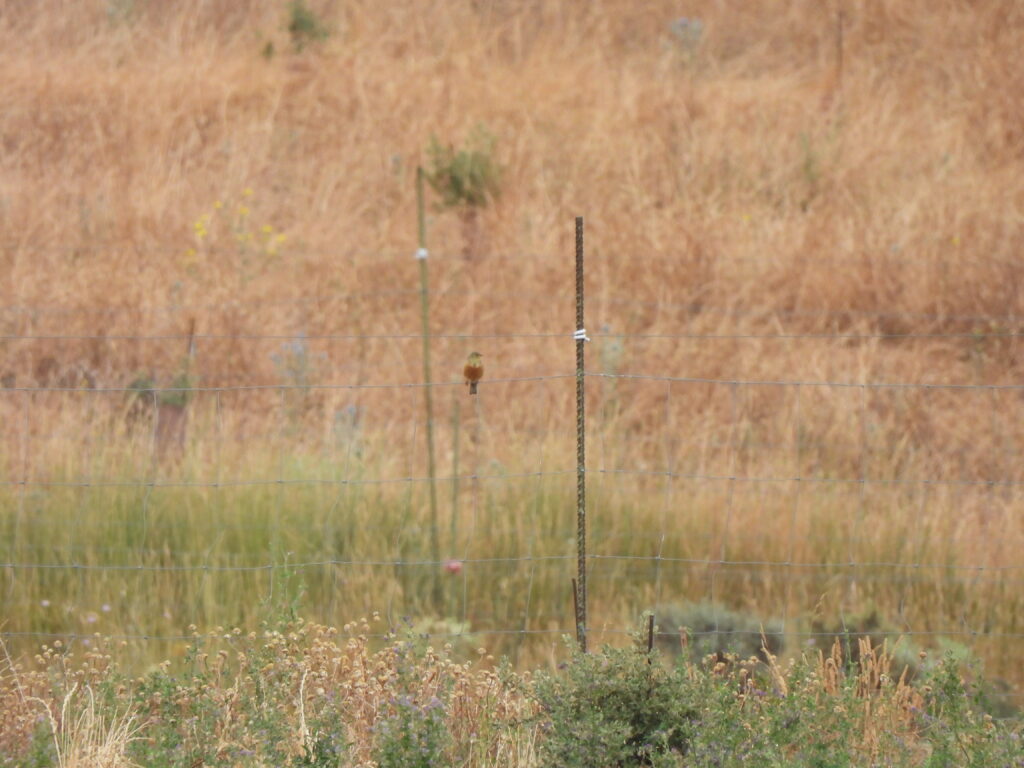
Satisfied, we headed back to CV-105 and drove east again. The landscape was patchy with pine forest and openings covered in shrubs and grasses. This area proved awesome for tawny pipits (Anthus campestris), of which we enjoyed different birds giving us closeup views. Another important target favors this landscape: we saw a pair and a lone male red-backed shrikes (Lanius collurio), a scarce and restricted breeder in the region which only offered us brief dry-by views: as soon as we saw one and stopped the car, the bird vanished. This species seems to coexist with woodchat shrikes (Lanius senator) in the area, as we saw a couple of them along the road, too.
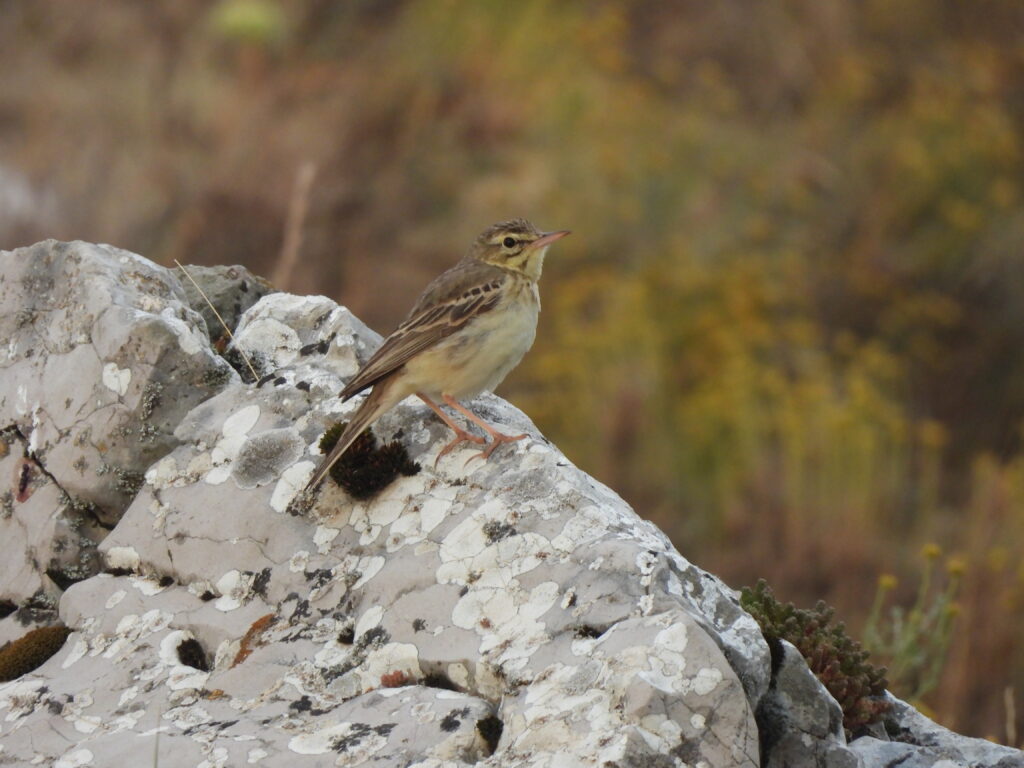
Castell de Cabres makes a nice stop as this picturesque little village bears some targets just around the entrance, as our friends told us. We spotted several melodious warblers (Hippolais polyglotta) and a nightingale (Luscinia megarhynchos) in the bushes close to the road and scoped the common swift (Apus apus) flock of the town, spotting a partially leucistic individual, a pallid swift (Apus pallidus) and some Alpine swifts (Tachymarptis melba) among them. Chatting with a lady, she encouraged us to visit a vulture restaurant nearby which had been filled that morning — as all Fridays. Several griffons (Gyps fulvus) flew low and we enjoyed a handful of these birds feasting on carrion at the feeding spot.
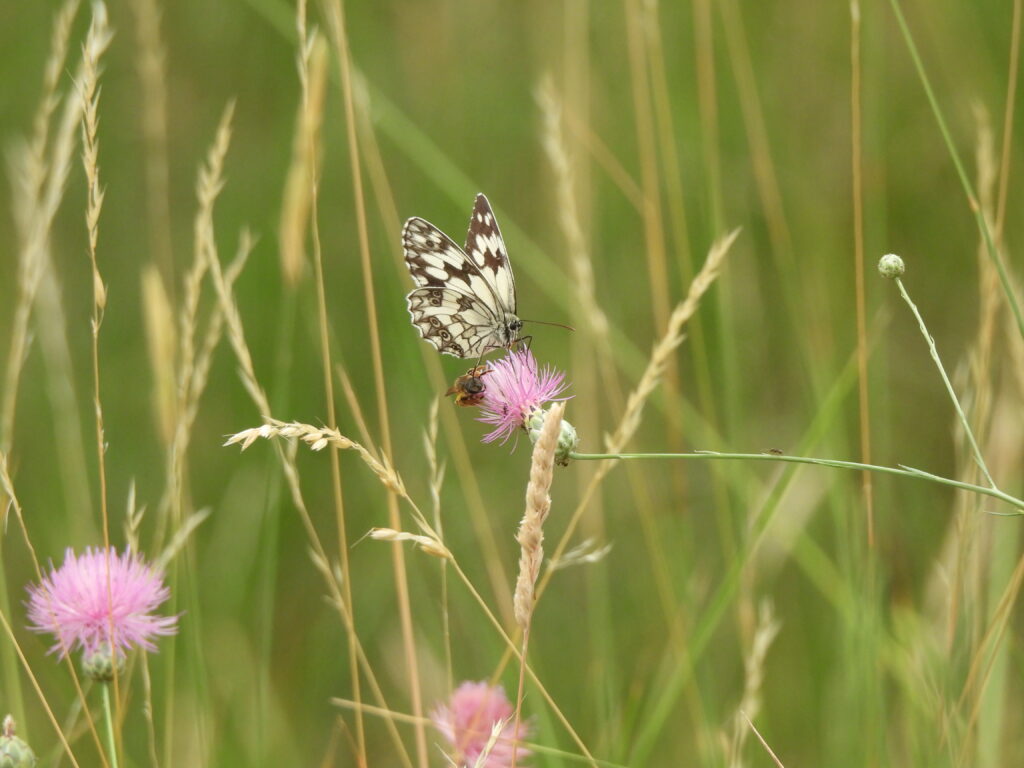
El Maestrat currently holds the only bearded vulture (Gypaetus barbatus) population in the region as a reintroduction project was recently launched in the area and has since released a handful of birds. Because the temperatures are well over 30 ºC during the central part of the day, we deployed the central part of the day for raptor watching around the village of Fredes. A small residential area on top of a hill serves as a good viewpoint: we enjoyed some fresh drinks at Europa restaurant terrace and deployed some four hours watching the sky on a nearby cleared area overlooking the whole mountain range. Bearded vultures were nowhere to be seen: our friends said it usually takes more than one visit to succeed — unless you are Munir, of course!
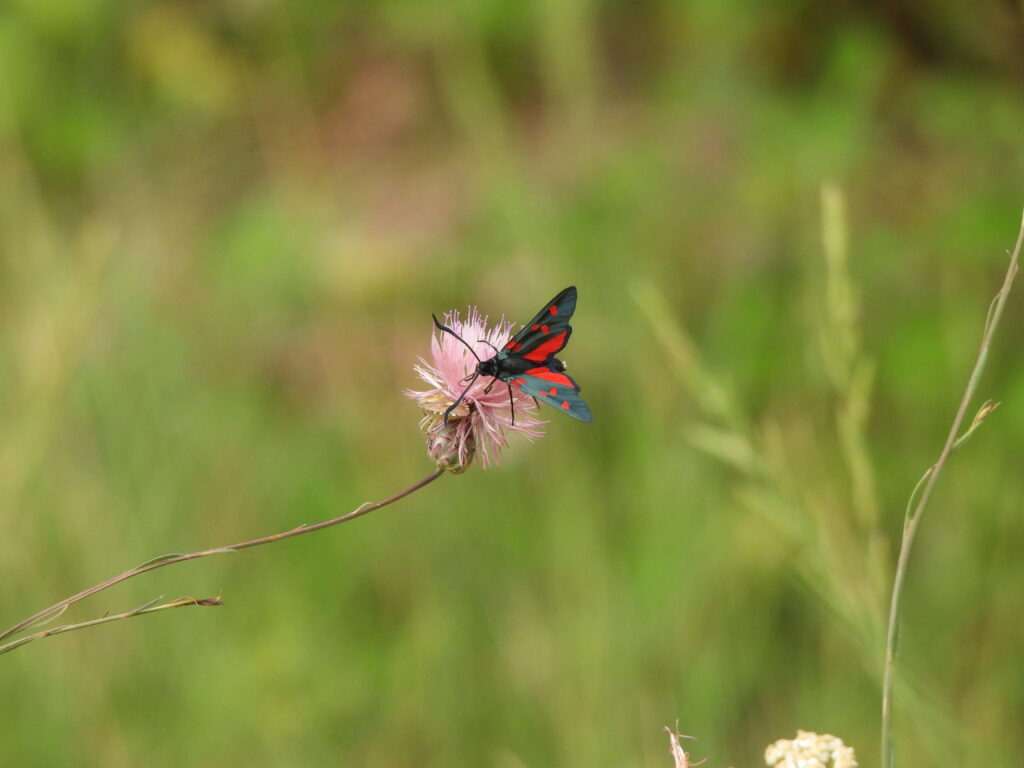
In any case, the views were spectacular. We enjoyed hundreds of griffons, numerous booted eagles (Hieraaetus pennatus) and short-toed snake eagles (Circaetus gallicus) and ravens (Corvus corax) while hearing the song of a local male cirl bunting (Emberiza cirlus) and the occasional crossbill (Loxia curvirostra) and watching a real show of butterflies of many different species around the thistles.
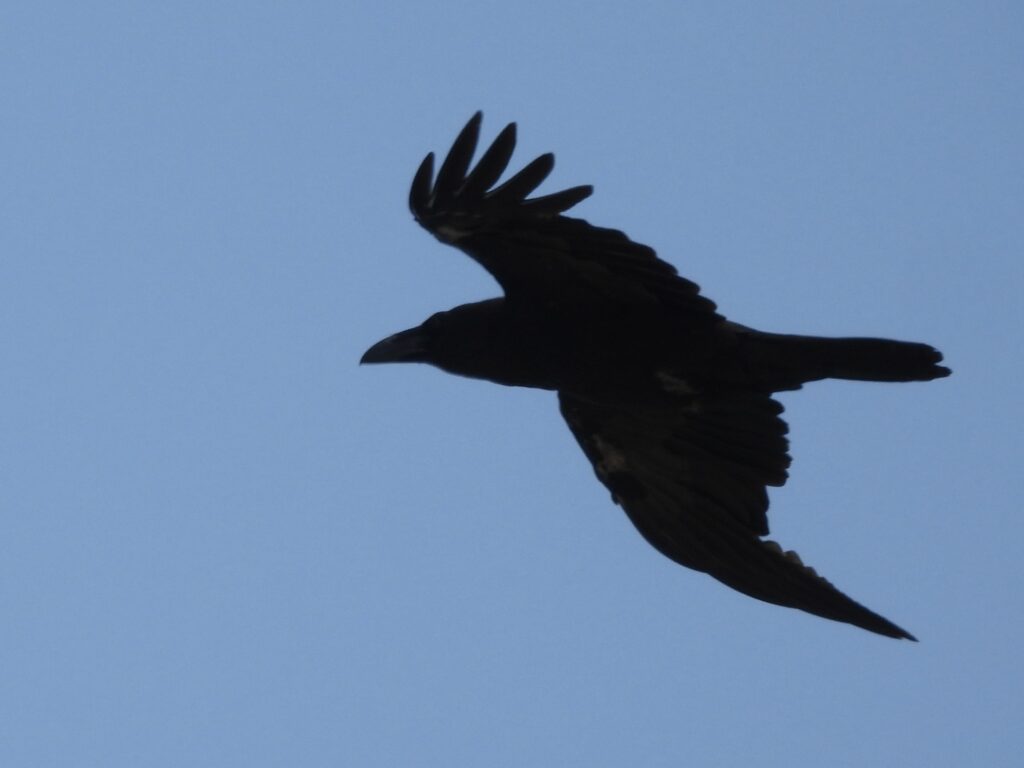
We drove back south again through scenic CV-105 road. Our last target of the day showed up last minute as a fantastic male common rock thrush (Monticola saxatilis) sitting on a wire with feed under the scorching sun. This gem of a bird obliged and gave us our best views to date of a species we tend to see on top of boulders at the distance. What a stunner.
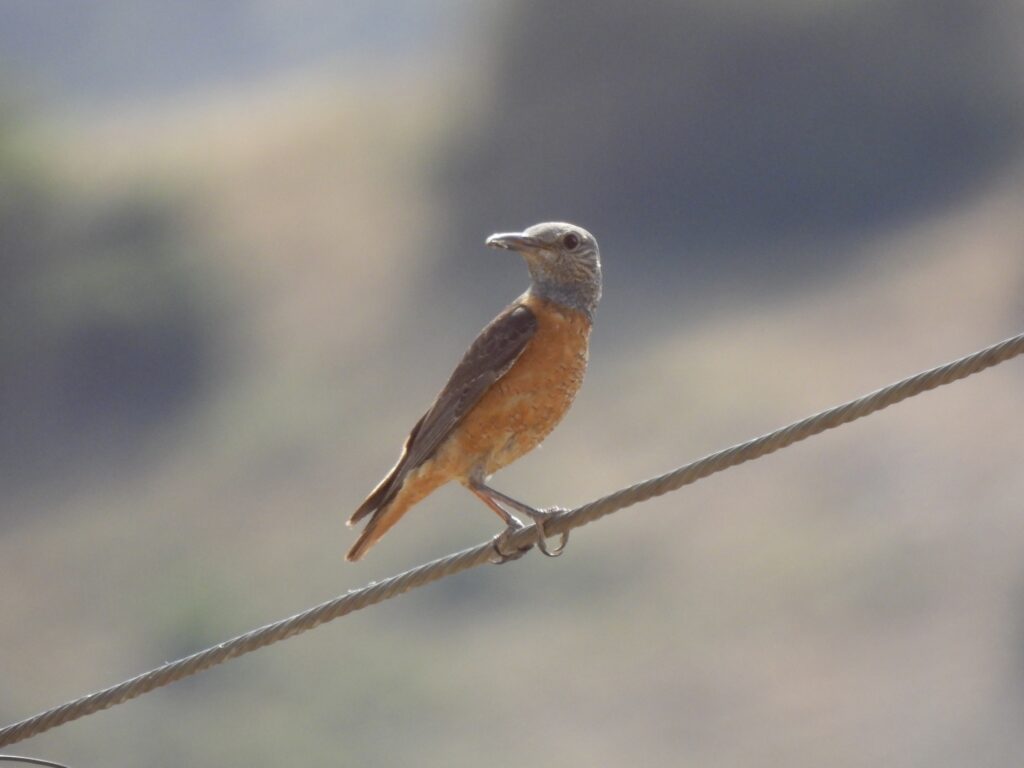
Our first time in Tinença de Benifassà exceeded our expectations. In fact, driving around dozens of northern wheatears and tawny pipits while getting eye-level views of red-backed shrikes and common rock thrushes from the road was hard to believe in the first place, even if our friends had told us. El Maestrat holds picturesque landscapes and seemingly good numbers of special birds hardly seen elsewhere in the Valencian Community. As we still have some good targets left, there are some good reasons to visit this awesome area again soon.

